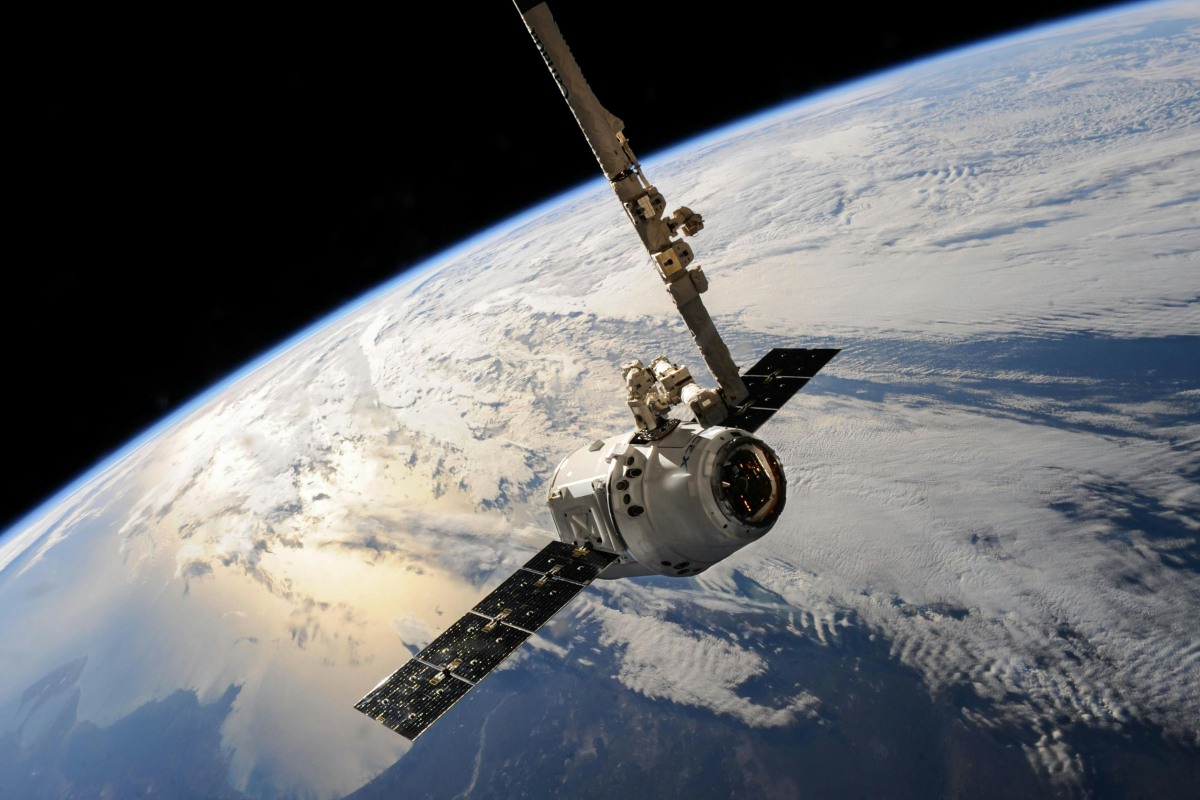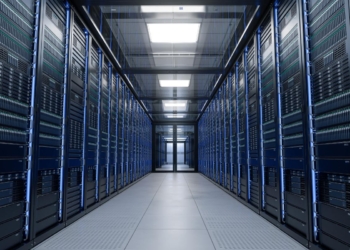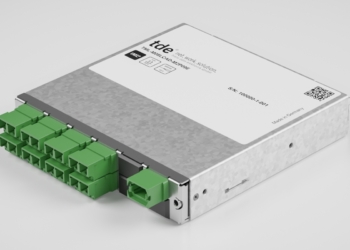DE-CIX explores orbital interconnection with Space-IX
Author: Joe Peck

Internet exchange (IX) operator DE-CIX is extending its interconnection vision beyond Earth through its Space-IX initiative, which aims to connect satellite constellations and space-based assets with terrestrial digital ecosystems.
The company, which operates more than 60 internet exchanges worldwide and connects over 4,000 networks, is investigating what the first orbital IX could look like.
Ivo Ivanov, CEO of DE-CIX, says, “Wherever networks are created, interconnection should follow.
“We’ve spent 30 years building the backbone of the internet here on Earth. Now, we’re bringing that same neutral, high-performance interconnection model to the next layer of digital infrastructure, above the clouds and to the stars.”
Research into satellite connectivity
DE-CIX is working with the German Aerospace Centre (DLR) on the European Space Agency’s OFELIAS project, which is researching how laser-based communications can improve satellite connectivity.
Optical links promise higher data rates than radio-based systems, but require advanced protocols to mitigate challenges such as atmospheric interference and cloud cover.
While OFELIAS focuses on data flow between satellites and ground stations, DE-CIX’s broader Space-IX initiative is investigating how to interconnect space-based infrastructure at scale, laying the foundations for an orbital internet exchange.
Bridging space and terrestrial ecosystems
“As satellites become part of the digital supply chain – whether delivering broadband to underserved communities, powering AI for businesses, or enabling orbital analytics – we need an architecture that unites space and Earth into one seamless ecosystem,” Ivo continues.
“This collaboration is the very beginning of our answer to that challenge.”
In August, DE-CIX India became the first Internet Exchange in the country to integrate Starlink into its ecosystem. Through Space-IX, DE-CIX is working with satellite operators to ensure orbital networks connect effectively with terrestrial infrastructure, particularly for latency-sensitive applications.
From global broadband and IoT to remote sensing and AI, the space economy is projected to reach $1.8 trillion (£1.3 trillion) by 2035. DE-CIX argues that orbital networks must interconnect intelligently with terrestrial networks, content providers, and cloud platforms to avoid developing in isolation.
For more from DE-CIX, click here.








